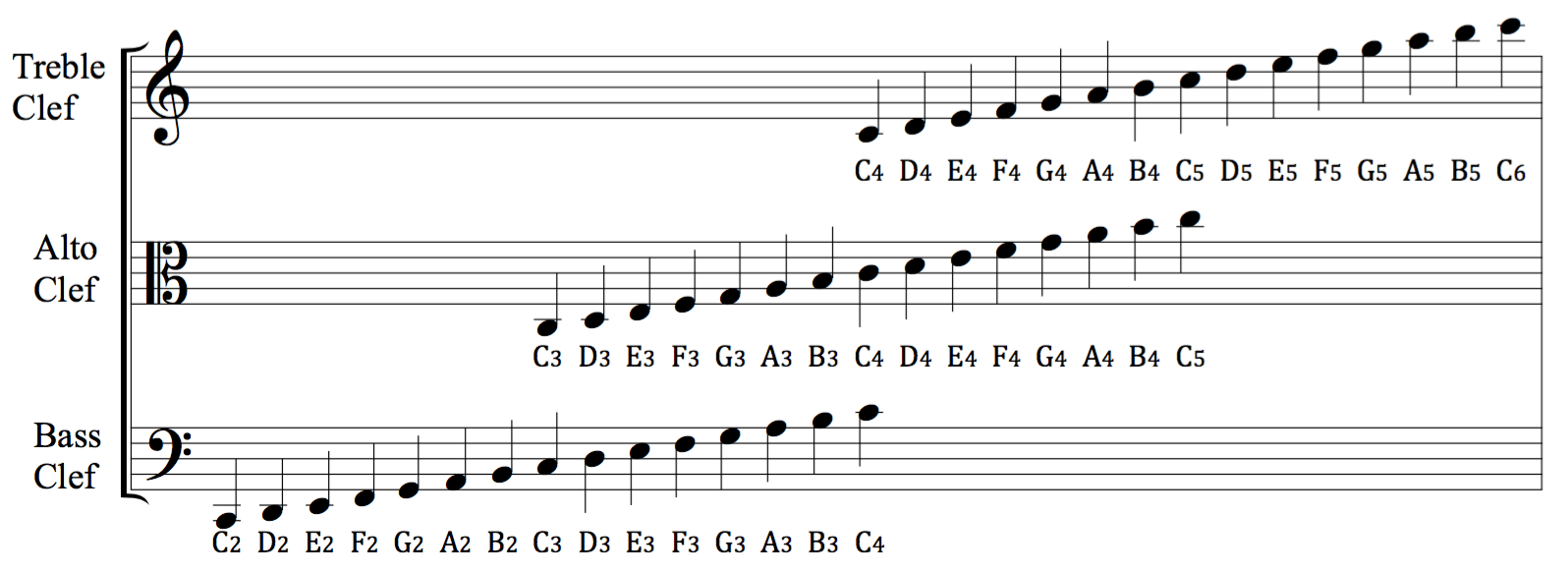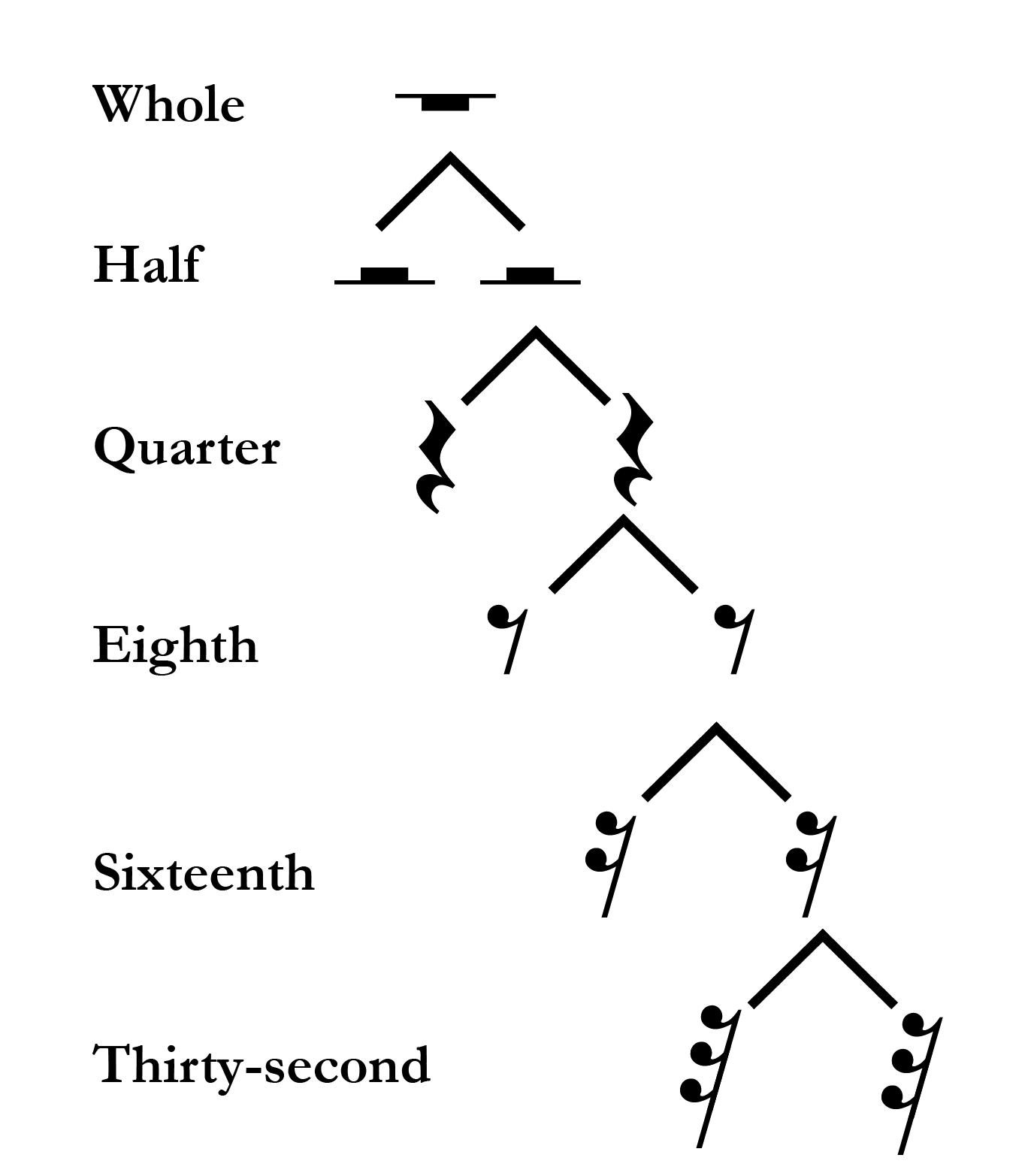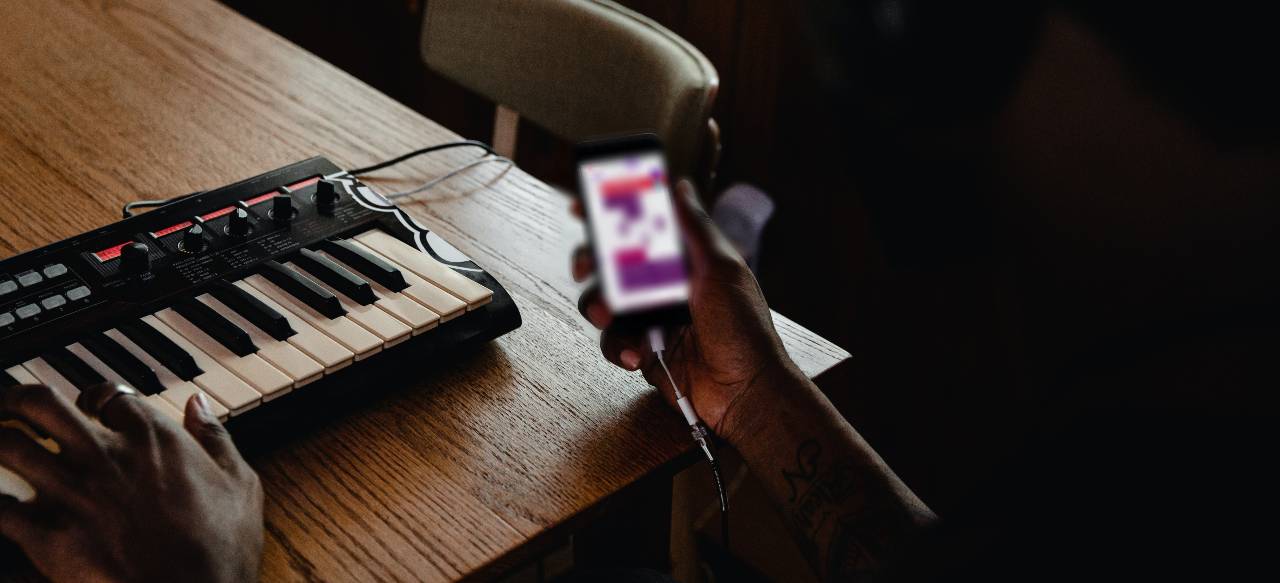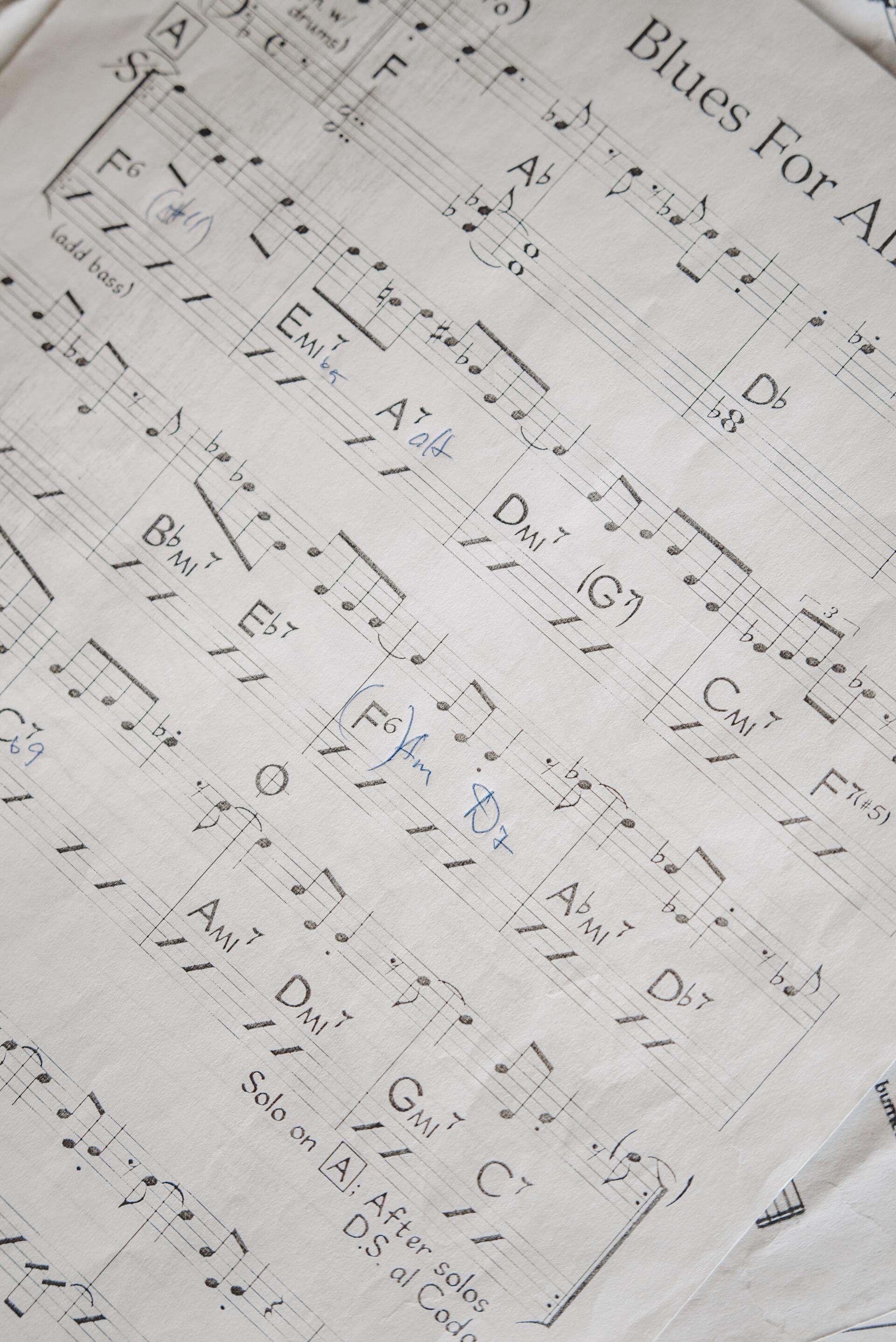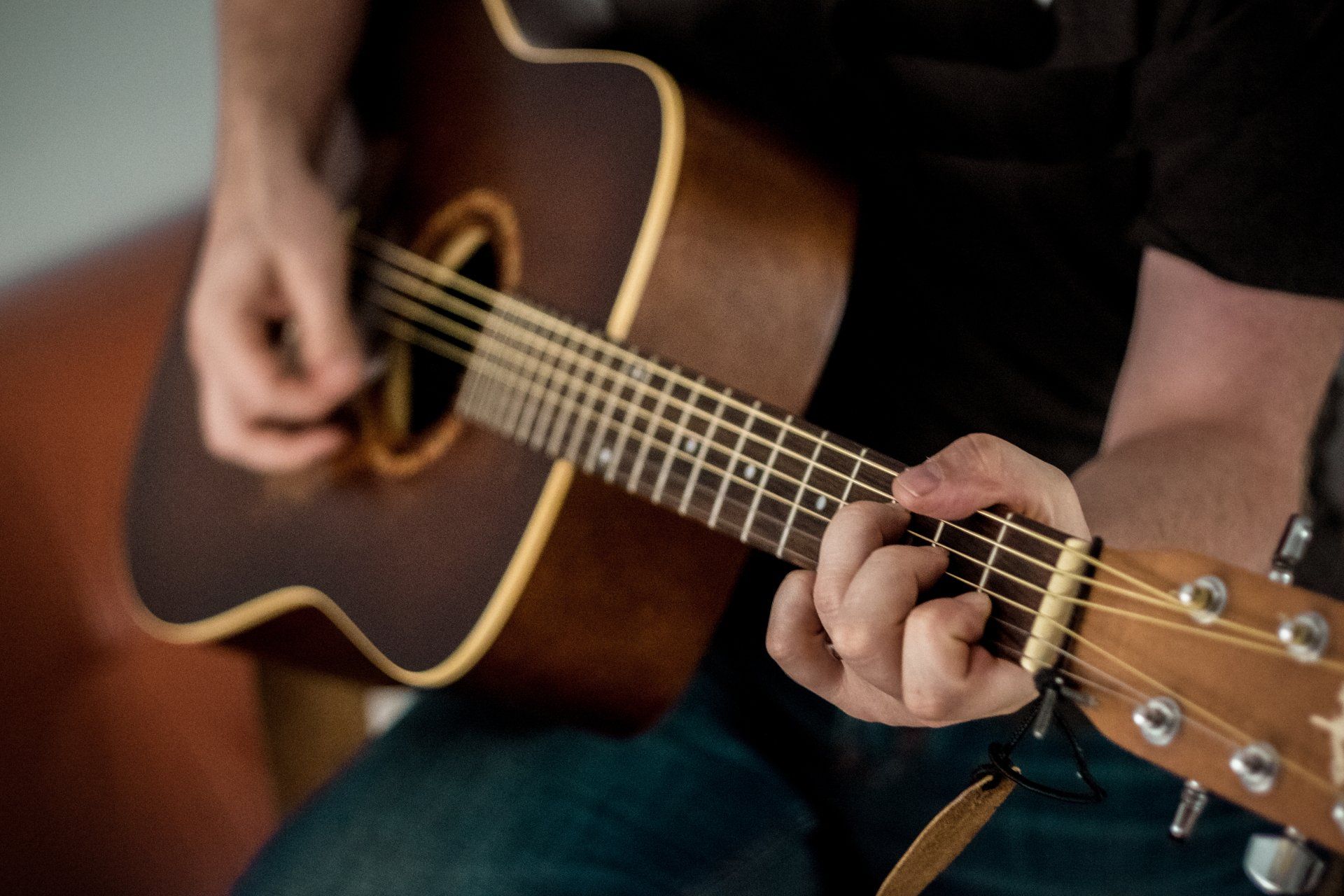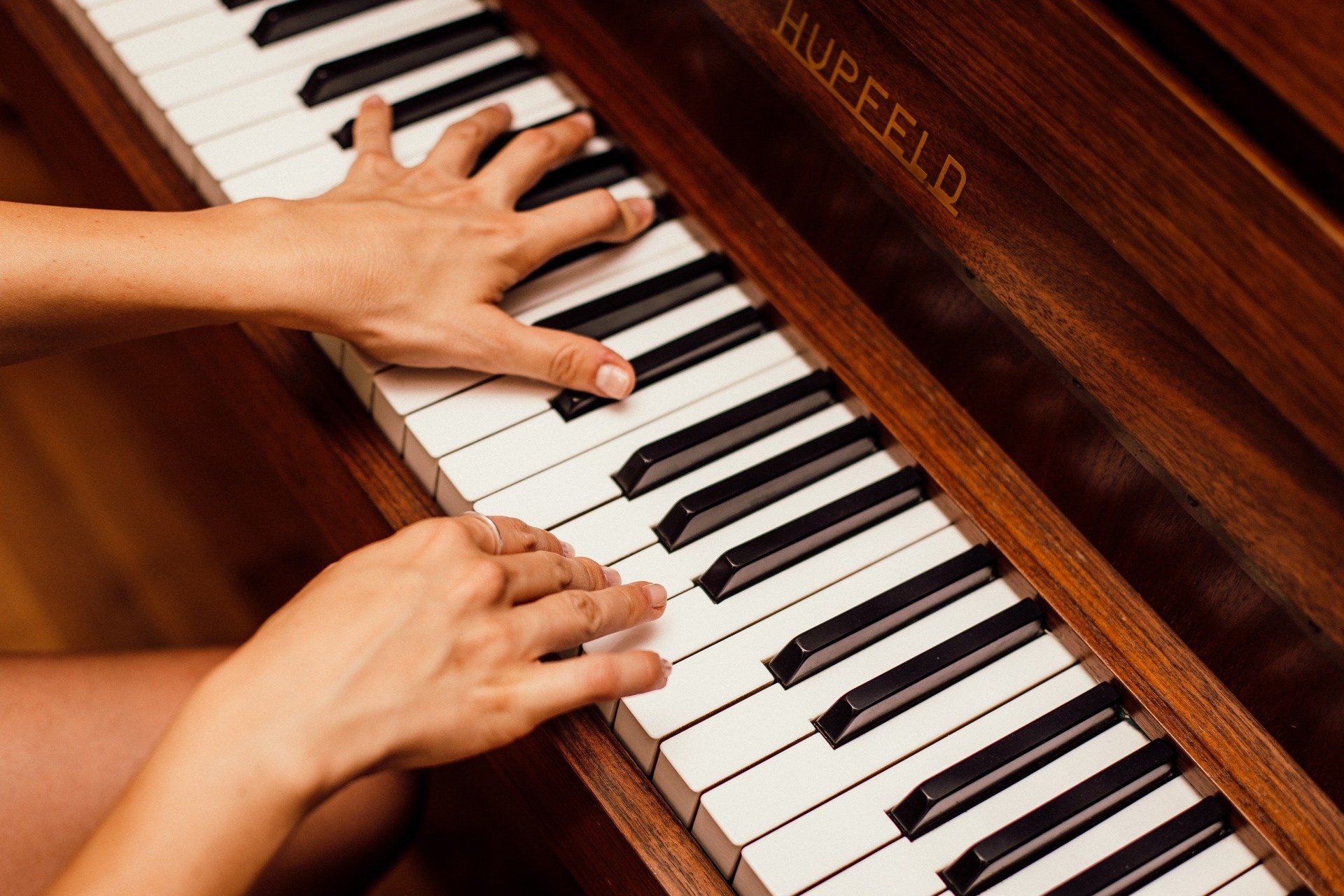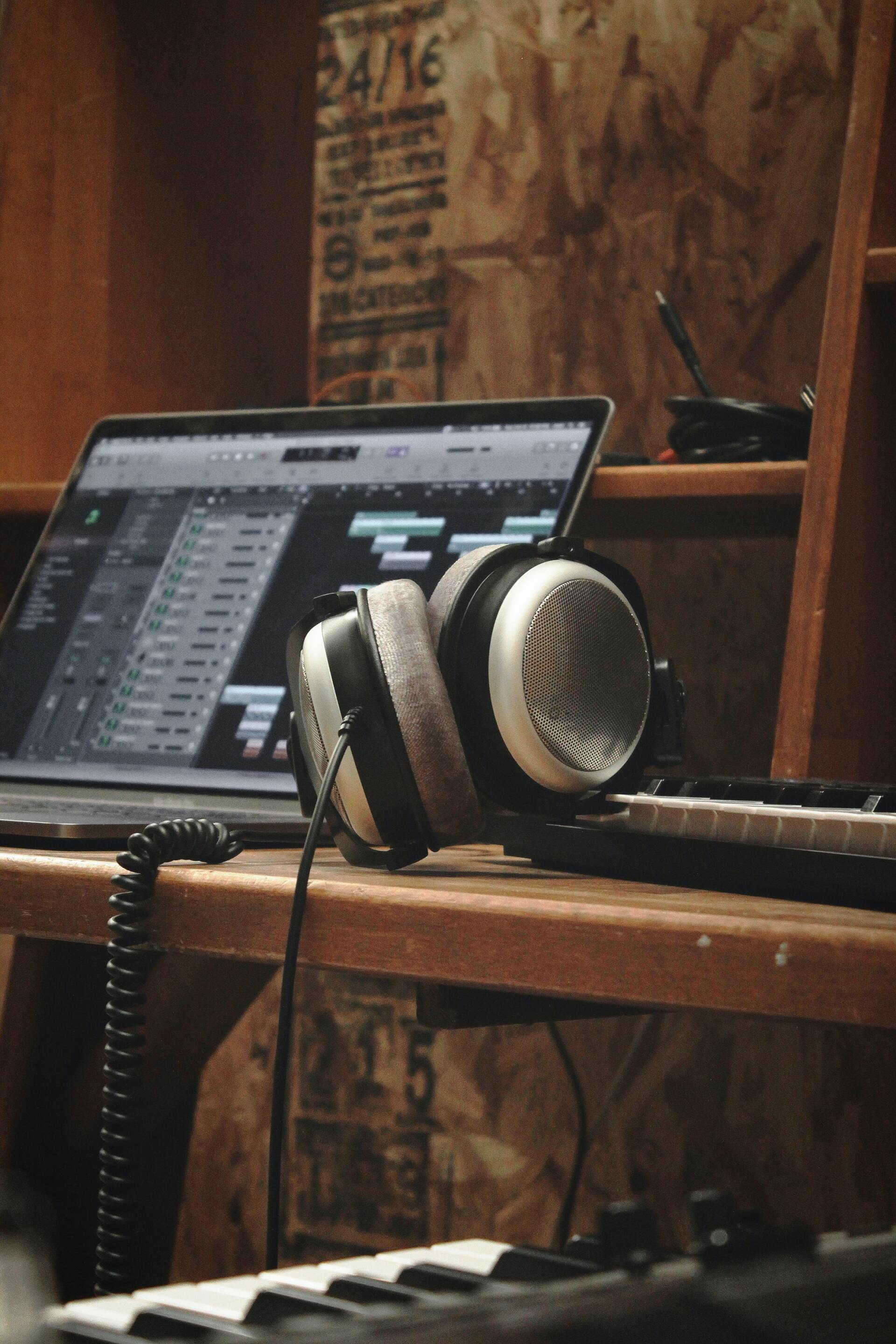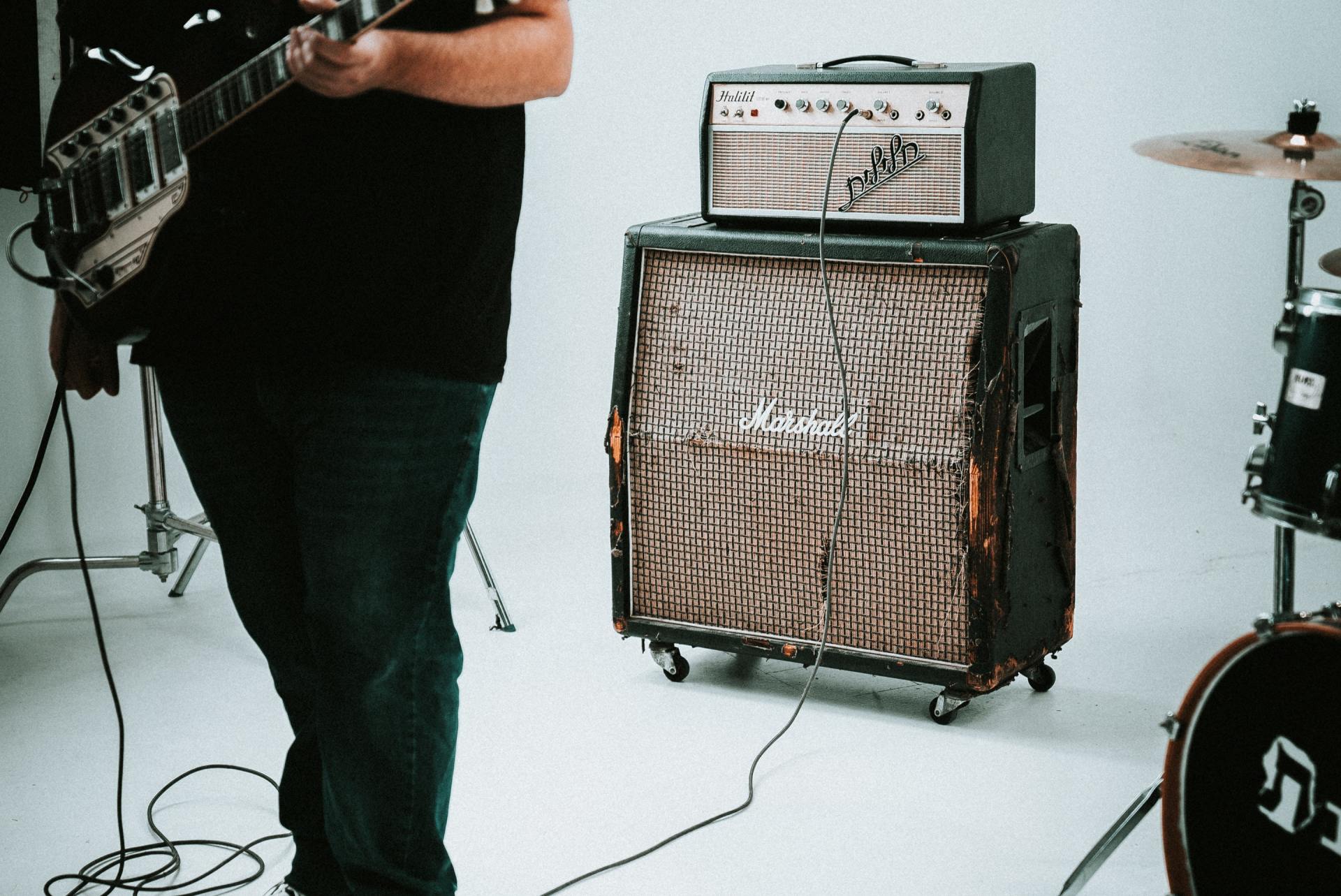Notes | Fundamentals of music theory
Music Theory Disclaimer
Before embarking on your music theory journey, it is important to remember a few key points. Music theory is often portrayed as difficult, when instead it is just ambiguous. There are multiple ways to find an answer and what you are told is against the rules, sometimes really sounds amazing.
Learning music is the same as any other language, the more you immerse yourself, the quicker you progress. The Beatles and other greats learned to play music by putting a record on and playing along. The only better method than that, is to go play with some other musicians. You must be willing to make lots of mistakes and sound bad for a while.
As you read these lessons on music theory, make sure you have any instrument to play along. Even a simple piano or other music app on your phone will suffice, you don’t have to spend a fortune. If you play a guitar or ukulele it may help to have a tuner around to check the notes you play, but the theory below applies to any instrument.
And finally, some good news about music theory is that there are only 12 notes we are dealing with! Once we get acquainted with these notes and how they interact with one another, you will have a solid foundation in music.
Notes
If you head over to Wikipedia and look up ‘musical notes’ it says they are symbols denoting musical sound. While that is the proper definition, it’s kind of vague, especially for beginners. And that’s because a note has very little meaning until we know its duration, pitch, and most of all what comes before or after it.
In this guide we are going to be dealing with western music notation, so our notes are based on semitone intervals. A semitone or a half-step is the length between each piano key or guitar fret. There is some amazing music in the world that deals in quarter tones and microtonal music, we won’t be diving into them now, but they are worth a look.
Our First Look at Notes
No matter what instrument you play, it is helpful to use a piano keyboard when it comes to beginner theory. Below is an image of all 88 keys and where the notes fall on the staff.
Pitch
As you can see each note has a designated pitch, all the notes that have the same letter will sound the same, except a different octave. There are seven full octaves on the piano.
C1-C2, C2-C3, C3-C4, C4-C5, C5-C6, C6-C7, and C7-C8
The numbers beside the note tell us which octave it is. As you can see, C4 is right in the middle of the keyboard. Knowing the octave number can be very helpful when tuning, and most tuning machines give the value these days.
If you play guitar, a six string is in the E2-D6 range. A ukulele is C4-A5 and, the piccolo ranges from D5-C8! The human voice usually ranges from E2-C6, but there are exceptions.
Here Mariah Carey sings in the C3 to E7 range And The famous Paul Robeson who was a bass baritone sang from A#2 to D#4!
Any vocalist you like or any instrument you play will mostly be in the range above, the next time you hear a piece of music, try, and figure out what range it may be in. That’s why a little piano app on your phone is nice, to help you find pitches. This will help you become a more active listener.
A Note on Frequency
We are not going to dive into the science and physics of the musical notes, but one aspect of frequency is very important. A couple hundred years ago there was no standard pitch, and many musicians tuned their instruments to different frequencies. This made it hard for singers and when playing with someone else.
Eventually it was decided to tune our pitches to the A=440 Hz, and that caught on and is still in use today. Some readers may have read about how the Earth’s frequency is 432 Hz and that number has healing or magical powers. It doesn’t! It is all arbitrary as you will eventually see.
Clef and Music Reading
The art of reading music is dying out and that is not good. Many modern beatmakers work in DAW’s and ignore any form of scoring, which will bring problems. It’s not necessary to become a professional engraver but knowing where your notes are will be very helpful later.
Below are the notes broken up by clef. Instruments that read their notes mostly on the bass clef are the tuba, trombone, bassoon, cello, and more. Instruments on the treble clef are guitar, saxophone, bagpipe, trumpet, and many more. And of course, the piano uses the bass and treble.
Why should you learn the notes on the treble and bass clef? As you progress in playing you will want to know solos, song keys, modes, and more about the song. And for those who haven’t noticed the Internet is not filled with the best info! Instead, you can google the sheet music and see the notes for yourself!
(Later when you learn chords and chord progressions you will quickly discover that many tabs and chords online are terribly wrong!)
Accidentals
The notes in the image above are not the whole picture. We will not always be in the key of C so we will have to raise or lower our notes as necessary. We can raise it or make it sharp (#), or it can be lowered/flattened (b). These are known as accidentals.
If we raise or sharpen our C note, we will get C#. If we flatten the C note we will move one semitone back to B. Sometimes you will see a note that is double flat (bb). But no worries, you simply lower it two semitones or a whole step.
Accidentals can be shown in the key signature or on individual notes within the song. With our note knowledge so far, we can build the basic 12 note chromatic scale.
C C#/Db D D#/Eb E F F#/Gb G G#/Ab A A#/Bb B
The notes that have a slash above are enharmonic, this means they are the same, but not! Ha! Music theory is so fun! They are the same sounding note when played alone but depending on your music key, it will matter if you use F# or Gb.
Duration
Now that we have worked on our pitches and know the chromatic scale, we need to discuss the duration of the pitches played. In the image above those notes were quarter notes. Below is a chart on how the notes break down from whole, half, quarter, eighth, and sixteenth notes.
by Chelsey Hamm, Mark Gotham, and Bryn Hughes - https://viva.pressbooks.pub/openmusictheory/chapter/rhythmic-rest-values/
Of course, the time you spend playing those notes will be determined by the tempo and rhythm of the song. And depending on our time signature, we will know what our note values will be. Time signatures and reading sheet music will be better topics for you once you have some theory down.
For now, the best way to get you to understand note values and duration is to give song examples. When you hear a bass playing a walking bass line, they are using quarter notes. When you listen to rock and pop drums, they play in 1/8 notes (1 and 2 and 3 and 4 and).
Funk slows down the tempo a bit so they can play in 1/16 notes (1 e and ah 2 e and ah), this gives funk that groovy feel. And if you like to listen to speed and death metal, you have likely heard 1/32 notes playing on the drum double bass pedal at lightning speeds. Trap music beats also use those highly subdivided note values.
Rhythmic Counting
If you struggle with reading or writing sheet music one of the better ways to practice is by assigning syllables to each note duration. One popular method is the Kodály method.
Now when you look at music you should be able to at least find the proper pitch using the images above. And even if you aren’t skilled at sight reading you will now also get an idea of how the song will sound by using the correct syllables.
There are other methods for rhythmic syllables, or you can use the number system like we did above. If you practice enough, you will find sheet music isn’t so confusing. Making your own sheet music is one of the best ways to practice your note values and learn their pitches.
And the biggest problem you will have with note duration is likely syncopation or swing. Syncopation is what makes you want to dance and where jazz and rock came from. When you accent the offbeats and play slightly off time, you will get some groovy swing. It is possible to denote swing in sheet music, but that’s a little advanced for now.
Swing is also hard to play sometimes, you can see the notes or chords and know how to play them, but you must be able to get that loose feeling and vibe. Most seasoned musicians will tell you that it took some time to learn syncopation.
Loudness and Timbre
We have discussed the frequency and pitch of notes and you now are acquainted with the commonly used values and basic rhythms. We can’t forget another important and obvious quality; and that is how the note sounds! Is it played softly or loud? Do we slur our notes together with legato or keep them short and distinct like staccato?
Many of these other note qualities can fall under the category of its timbre, which describes the texture and overall color of the music. Once you are comfortable with some basic chords and songs, we can revisit the ideas of timbre and texture.
What's next?
Now that you know some basics on the 12 musical notes, it is time to take the next step. Notes by themselves represent a certain pitch, but they have little meaning until you add other notes in. The sounds that comes before and right after your note will make all the difference in the overall vibe. So, our next step is to show how notes interact with each other, we will discuss musical intervals.


Chordsheet Maker - by Dave Bernier




